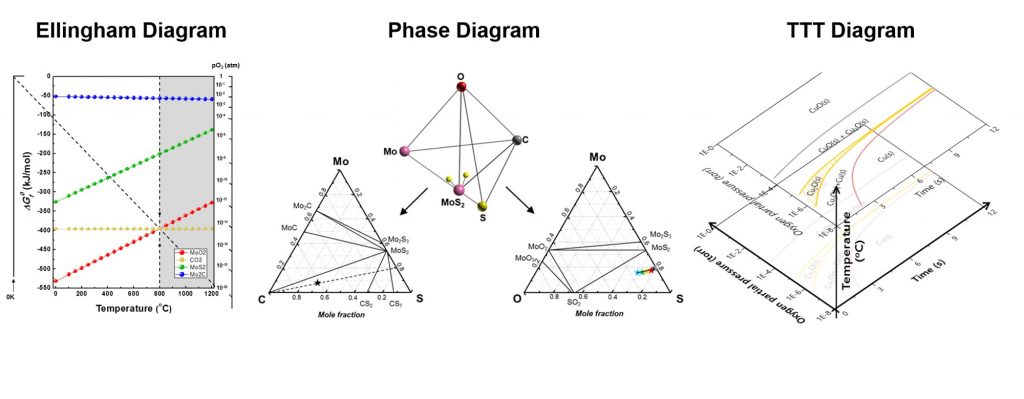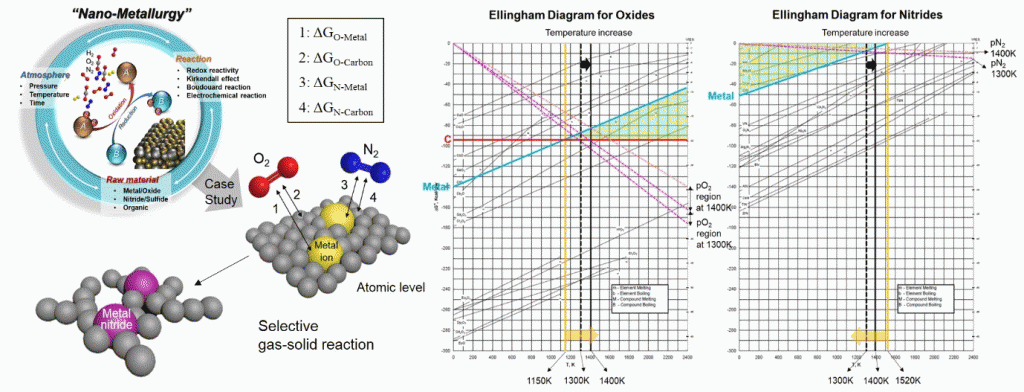The effect of developing material technology on energy, environment, and many other social areas such as social policy and economy is very influential. However, it is a challenge to develop related materials in a form of commercialized products. We build theoretical/experimental knowledge for reasonably determining the direction of our research for effective nanomaterial fabrication. We consider material size, growth, and trends to analyze the most important performance, property and the standard cost price of the nanomaterials.
We apply the thermodynamic theory to develop inorganic catalytic materials to commercialize and produce highly stable products. We approach with scientific calculations and methodology of nano-metallurgy. This research on energy and environmental materials is applied to many chemical reactions and can be further applied to selective reactions in low temperatures, standard pressure, and eco-friend environments.

We combined multi-scale simulation method with dielectric algorithm to develop the simulation platform for phase equilibrium in nano-scale. We demonstrate complicated phase equilibrium and predicted Elingham diagram of multi-atomic component nanomaterials. It supplies a theoretical background to predict processing parameters to control phase and morphology of nanomaterials in nanoscale. Especially, we derived selective oxidation reaction through ambient pressure control based on Elingham diagram. In particular, materials in a heterogeneous structure can each be either oxidized or reduced to control their phases and mechanisms in structure control.
